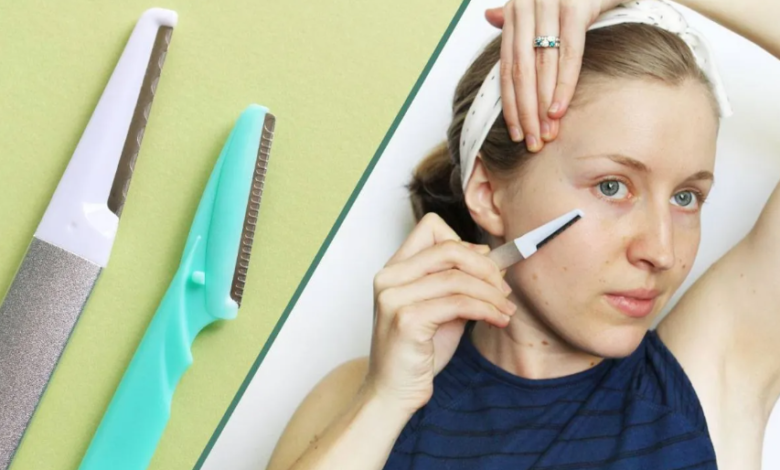Is Dermaplaning Right For You? 5 Questions To Ask Yourself

Dermaplaning has become a buzzword in the world of skincare, touted for its ability to leave skin smooth, radiant, and glowing. But is it right for everyone? Before booking your first session, it is important to ask yourself the following key questions to determine if this treatment aligns with your skin type, goals, and lifestyle.
1. What Are My Skin Goals?
The first question to consider is what you hope to achieve with dermaplaning. This procedure involves gently exfoliating the top layer of dead skin cells and removing fine facial hair, known as peach fuzz. People often pursue dermaplaning to:
- Improve skin texture and smoothness
- Enhance the effectiveness of skincare products
- Achieve a flawless canvas for makeup application
- Reduce the appearance of fine lines and minor scarring
If your goal is to maintain a glowing complexion or prepare your skin for special occasions, dermaplaning may be a perfect fit. However, if you are targeting deep wrinkles, significant acne scars, or hyperpigmentation, you might need to explore complementary treatments.
See also: Energy-Efficient HVAC Solutions for Homeowners
2. Do I Have Any Skin Conditions That Could Interfere?
Dermaplaning is generally safe for most skin types, but it may not be suitable if you have active acne, eczema, rosacea, or other skin sensitivities. Individuals with these conditions may experience irritation, redness, or even minor injury. It is essential to consult with a licensed professional to assess your skin and discuss alternatives if necessary.
3. How Often Am I Willing to Maintain This Treatment?
Dermaplaning is not a one and done procedure. For most people, results last about three to four weeks, after which peach fuzz and dead skin cells naturally accumulate again. If you enjoy the idea of consistently smooth skin and do not mind scheduling regular appointments, dermaplaning can be an enjoyable addition to your skincare routine. Conversely, if your schedule is unpredictable or you prefer low-maintenance treatments, you might want to consider less frequent options like chemical peels or microdermabrasion.
4. Am I Comfortable With Professional Treatments?
While some at-home dermaplaning tools exist, professional treatment provides the safest and most effective results. Licensed aestheticians use sterile, precise tools to minimize risk and maximize benefits. If you are comfortable with having a trained professional handle this process and prefer the peace of mind that comes with it, professional dermaplaning is likely your best choice. For those considering this route, checking out reputable providers such as dermani Medspa can ensure a safe and high-quality experience.
5. Am I Prepared for Post-Treatment Care?
After dermaplaning, your skin is more sensitive to sunlight and environmental factors. It is essential to use sunscreen diligently and avoid harsh scrubs or chemical treatments for a few days post-procedure. Those committed to following post-care instructions will maximize the treatment’s benefits and reduce the risk of irritation or sun damage.
Dermaplaning can offer a noticeable boost in skin smoothness, radiance, and overall appearance. However, it is not universally suitable for everyone. By considering your skin goals, existing conditions, maintenance preferences, comfort with professional treatments, and willingness to follow post-care instructions, you can make an informed decision.




